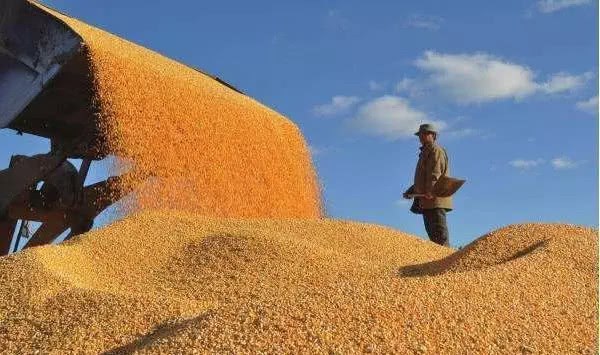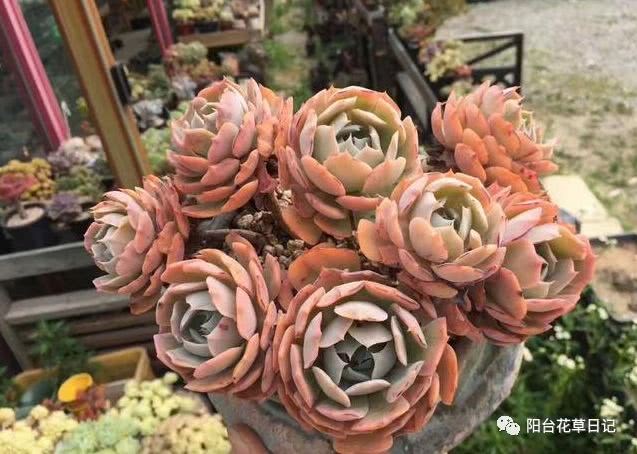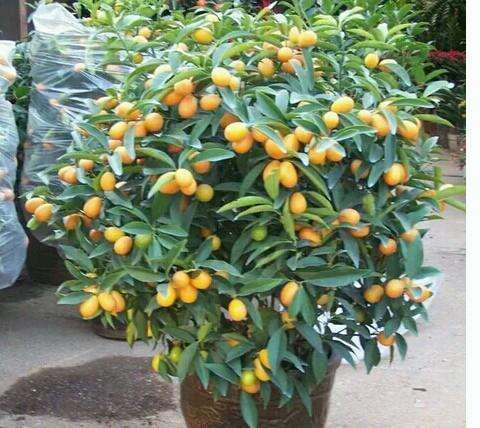Is there still a guarantee for the people's rice bowls when the output of summer grain and autumn grain is reduced?

Judging from the current situation of grain production in China, the possibility of reducing the production of summer grain plus autumn grain in China this year is very high. According to the statistical information of relevant departments, the output of summer grain has been reduced by 2.2% this year, while the international grain has also dropped to a new low in nearly five years. It will also have a great impact on China's grain imports, while autumn grain will be affected by the persistent large-scale drought this year, and the yield reduction can also be expected. The focus of people's attention should be: in the context of a possible reduction in grain production this year, is there still security for the rice bowls of our people?
In view of this, the scientific development of agriculture believes that the self-sufficiency rate of staple grain is high, the status is unshakable, and China's food security is still safe!
Staple grain has a solid position.
As the three staple grains of the Chinese people, the self-sufficiency rate of rice, wheat and corn is more than 95%, and every year China still has inventory balances. Although China's corn production is expected to be reduced by a large margin this year, and relevant departments estimate that there is a corn shortfall of 2000-40 million tons this year, however, China's corn stocks are still high, and this gap does not pose a substantial threat to China's food security.
In recent years, although China's grain imports are increasing every year, we have implemented a quota system for the three staple grains to ensure the self-sufficiency of the three staple grains. In fact, the larger imports are soybeans, which are as high as 95.53 million tons in 2017. However, the self-sufficient status of the three staple grains has not been shaken. Naturally, no matter how the international grain prices fluctuate, under the premise of the stable status of the three staple grains, it is sufficient to ensure an adequate food supply in our country.
China has a high rate of self-sufficiency in grain
As has been introduced above, at present, China's grain imports are basically soybeans. In 2017, soybean imports reached 95.53 million tons, while the total grain imports in the country were only 130 million tons. Soybeans alone account for 73% of total imports, while land imports such as wheat, rice and corn are basically around 4 million tons. The grain self-sufficiency rate is more than 95%, and even the comprehensive grain self-sufficiency rate is more than 82%. And in view of these grain imports, China has also implemented a quota system, on the one hand, to ensure the status of our staple grain, to maintain stability; secondly, to avoid the impact of low foreign grain prices on our staple grain.
For example, the imported part of wheat is basically used to make bread and cakes, while the imported part of rice is mainly used to meet the demand for high quality rice in our country. From this, we can also see that at present, the contradiction of Chinese people's demand for grain is the contradiction between quality and demand, rather than the contradiction between supply and demand.
In recent years, it is precisely under the background of the continuous increase of grain balance and increasing inventory in our country that we have sufficient strength to dare to shout out the term "destocking". The contradiction between quality and demand supports us to dare to optimize our planting structure and adjust planting layout to better meet domestic grain production.
To sum up, at present, China's food supply can still be handled calmly in the ever-changing international market, and people do not need to worry about the expected reduction in grain production this year. Today's China is increasingly powerful. The ability to resist risks and natural disasters is also far stronger than in the 1960s and 1970s. For the older generation, it was an era full of fear about food, food and clothing. However, at a time when food is becoming more and more abundant and stocks are becoming more and more abundant, as long as we have peace of mind to do a good job in production, there is no difficulty in getting through.
Here is science to promote agriculture, welcome to add attention, with you to grow knowledge.
- Prev

The best time for succulent plants to gain weight is to wait another year if you miss it.
Succulent plants should be short and fat in order to look good. After a summer of destruction, are everyone's succulent plants now green and sunburned? I managed to make it through the hellish summer. Now get ready to be beautiful. So, um...
- Next

My mother-in-law planted kumquat fruit on the balcony and hung it all over the branches. It was beautiful and delicious, and she could give it away.
After I gave birth to a baby a few years ago, my mother-in-law focused on taking care of her grandson, relieving my husband and me of a lot of burden. In the blink of an eye, the baby should go to kindergarten.
Related
- Wuhan Hospital Iron Tree Blooming Result Was Instantly Frightened by the Gardener Master
- Which variety of camellia is the most fragrant and best? Which one do you like best?
- What is the small blue coat, the breeding methods and matters needing attention of the succulent plant
- Dormancy time and maintenance management of succulent plants during dormancy
- Minas succulent how to raise, Minas succulent plant pictures
- What are the varieties of winter succulent plants
- How to raise succulent plants in twelve rolls? let's take a look at some experience of breeding twelve rolls.
- Attention should be paid to water control for succulent plants during dormant period (winter and summer)
- Watering experience of twelve rolls of succulent plants
- Techniques for fertilizing succulent plants. An article will let you know how to fertilize succulent plants.

